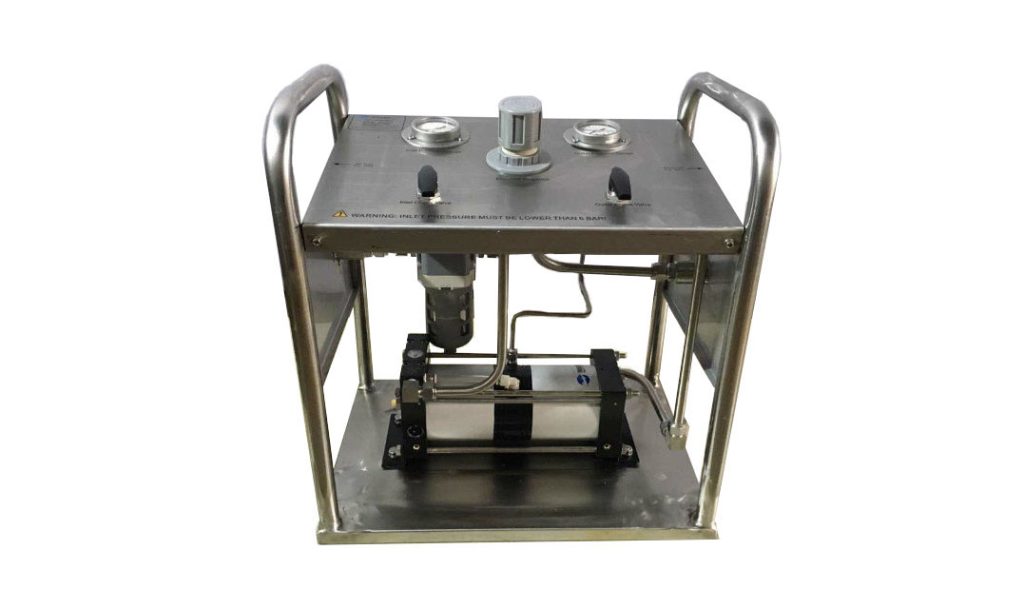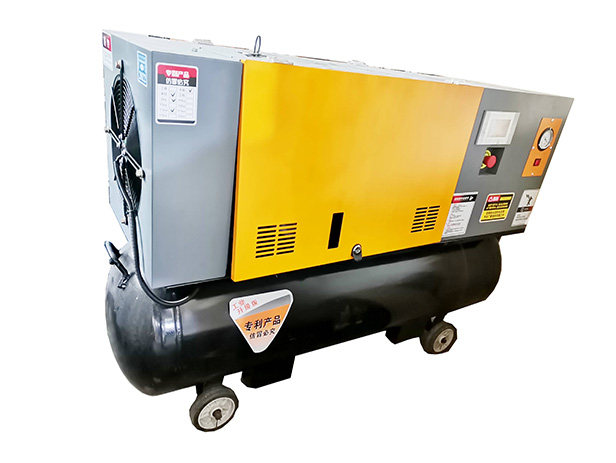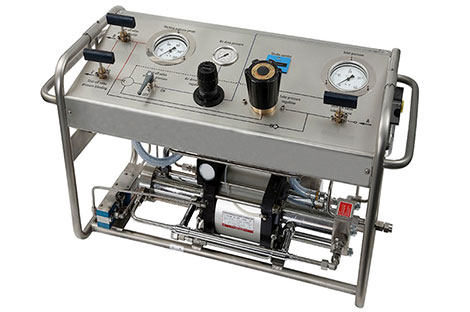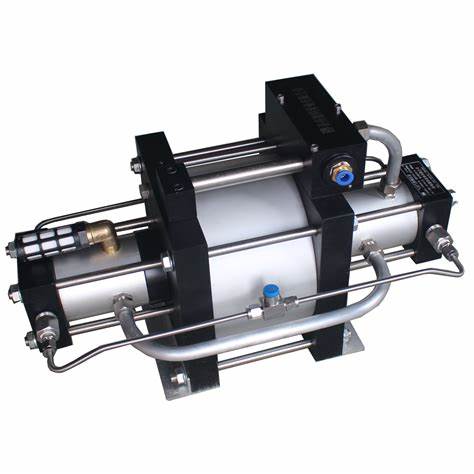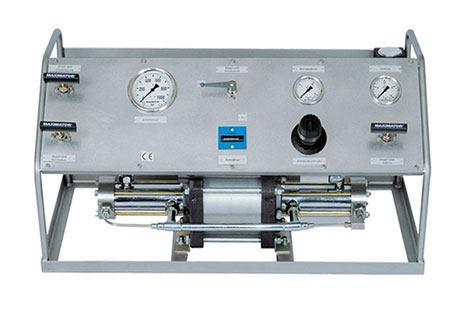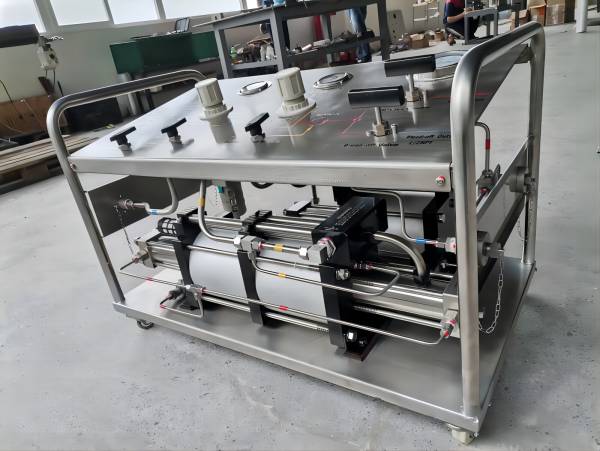Booster Pumps Explained: What’s it? When to use it? How to choose?
To raise water pressure to a desirable level and improve its flow rate, a booster pump is frequently advised. They can also prevent other pumps in the system from caving in situations where a single pump is unable to provide the required service pressure. Learn more about the operation of booster pumps and when to employ them.
Water pressure booster pumps are utilized on new construction and retrofit projects to deliver sufficient water pressure to the upper floors of high-rise buildings. A backflow prevention device, which is currently required in many jurisdictions to safeguard public water supplies from contaminants within a building entering the public water supply, can also lead to the requirement for a water pressure booster pump.
What is a Booster Pump?
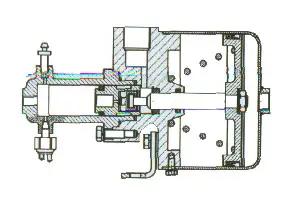
Between the water source and endpoints like taps, faucets, and showers, a booster pump serves as a conduit. In order to achieve the appropriate pressure at the endpoints, a booster pump draws water from the source and pressurizes it.
Typically, there are other tools used in addition to booster pumps to move water inside a system. To raise the fluid pressure, they cooperate with a source pump.
Booster pumps are helpful in a variety of situations. These pumps can provide the high-pressure head needed, for instance, to move water uphill or through a tall building. Since sprinklers and high-pressure spraying systems need high water pressure to operate efficiently, a rise in pressure head may also be necessary.
Major industrial applications of these pumps include:
Filtration
Reverse osmosis
HVAC
Boiler feed
Any industrial process that requires high fluid pressure
How Does a Booster Pump Work?
The booster pump’s purpose is to add an additional pump to the fluid flow system in order to raise the water pressure. Thus, these pumps function similarly to other pumps of the same type.
The majority of these pumps, either single-stage or multi-stage, are centrifugal pumps that draw water from a source and pass it through an impeller to raise the water pressure. The water then exits through an outlet under high pressure.
A pipeline can also have a number of booster pumps installed along it to achieve the appropriate pressure.
Types of Booster Pumps
Booster pumps are commonly offered as standard pumps or pumps with a variable speed drive (VSD).
Ordinary booster pumps – Constant rate of operation don’t have the ability to speed up or increase flow
Variable Speed Drive (VSD) pumps – Can change their speed to accommodate various pressure head needs. For instance, you can modify the performance of the booster pump to achieve the appropriate endpoint pressure if the water pressure at the source varies. These pumps are excellent at reducing energy expenditures as well.
Choosing between Multi-Stage and Single-Stage Booster Pumps
For independent homes and residential structures with a moderate pressure requirement, a single-stage booster pump is most suited. Typically, one building can be served with a single-stage booster pump.
When a lot of water pressure is needed, a multi-stage booster pump comes in handy. These include conveying water through a very long pipeline, pumping water uphill, or pumping water for a residential neighborhood with several structures.
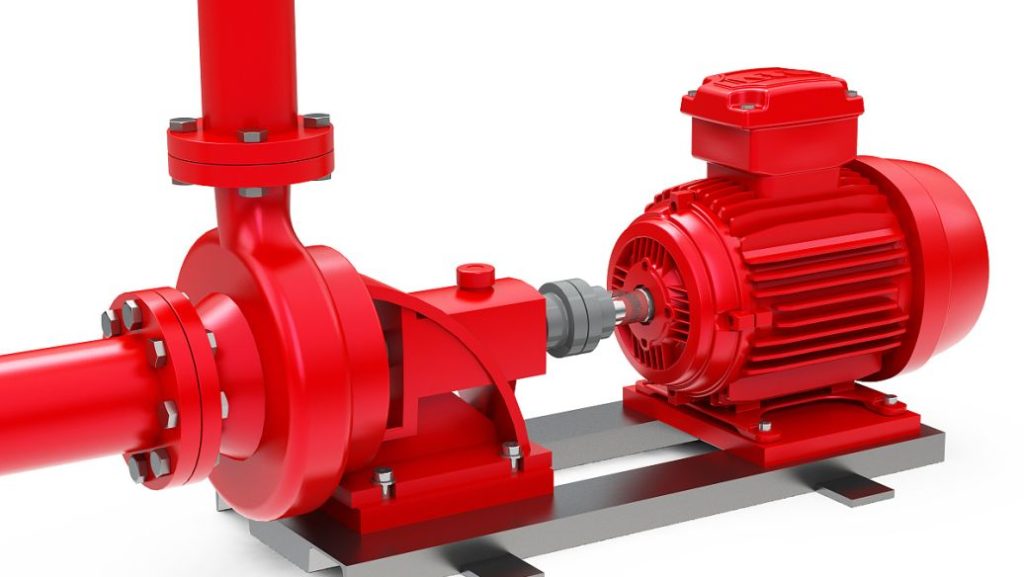
Do You Really Need a Booster Pump?
It’s crucial to realize that low outlet pressure does not always indicate low source pressure even if booster pumps might assist you raise water pressure. Before spending money on a booster pump, it would be wise to rule out any other potential causes.
Clogged Pipes: Clogged pipes increase the amount of resistance that water must overcome to get through them, which lowers both water pressure and flow rate.
Peak Demand: The water distribution system encounters low water pressure at times of peak demand. This circumstance won’t always hold true, though.
Faulty water meter valve or pressure regulator: Both of these components are crucial for maintaining the desired level of water pressure in the water distribution line. Any fault with these devices will likely affect the water pressure.
How to Choose the Right Water Booster Pump?
Picking the ideal booster pump might be challenging. To satisfy your needs, you should take into account a number of parameters, from the condition of your pipelines to the acceptable degree of pressure head.
Our knowledgeable team of engineers at Hayes, the oldest and largest pump distributor in the Northeast, can assist you in making the best decision. Contact us with your questions, and we’ll help you choose the best booster pump to meet your specific fluid pressure and flow rate needs.

